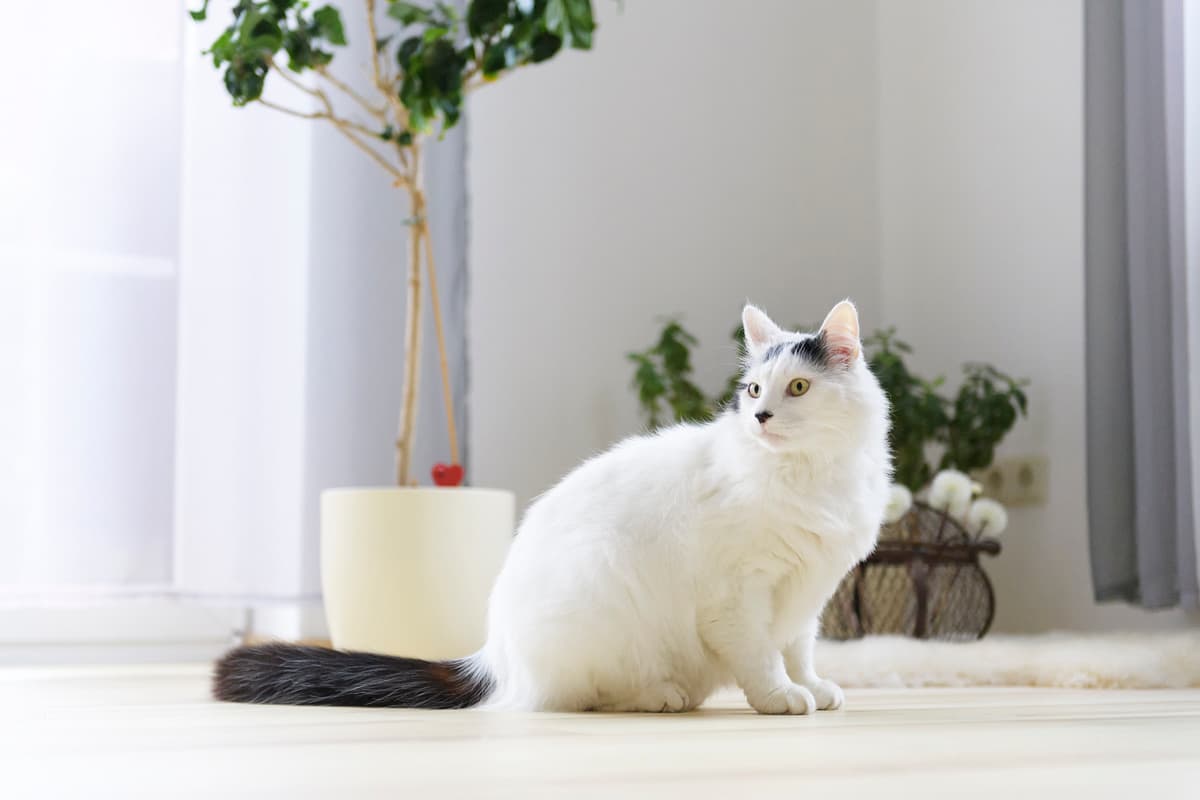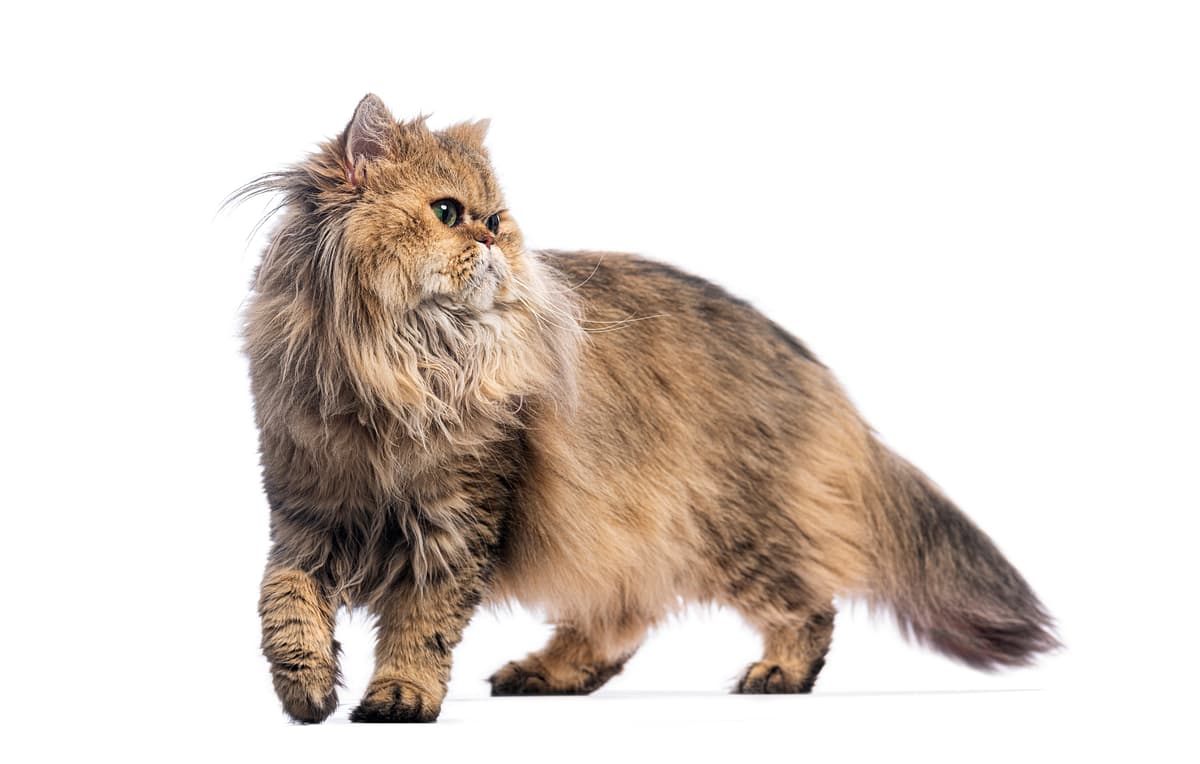Angora vs Persian
Discover the differences between Angora and Persian to make the best choice for your situation.
Try different breeds

Angora
Adaptable, affectionate, and playful, this breed thrives as a loving family companion. Famous for its luxurious double coat and keen intelligence, it charms with gentle loyalty.

Persian
Luxurious long fur, expressive eyes, and a calm presence define this affectionate breed. Persian cats thrive as gentle companions, bringing quiet elegance to any home.
Quick comparison
Large
5–9 kg
Longhaired, water-resistant
13–16 years
4–7 kg
Moderately active
Medium
3.5–6.0 kg
Longhaired, dense undercoat
12–17 years
3.0–5.5 kg
Low activity needs
Personality & behavior
Compare the personality traits and behavioral characteristics of both breeds.
Angora
Enjoys companionship, sociable with family members
Quick learner, solves problems independently
Moderate activity needs, enjoys relaxed routines
Likes games, interactive toys, and gentle fun
Adjusts well to new surroundings and changes
Persian
Affectionate and gentle with family members
Learns routines but not highly problem-solving
Prefers lounging over being active
Enjoys quiet play, not very lively
Adjusts to change but prefers stability
Care needs
Exercise, grooming, and daily care requirements
Angora
Hypertrophic cardiomyopathy, glycogen storage disease type IV
Persian
Polycystic kidney disease, respiratory issues
Suitability
How well each breed fits different living situations and families
Angora
Good option
Gentle, adaptable nature makes them manageable for most new owners
Needs space
Prefers room to climb and explore, may feel cramped in small apartments
Highly suitable
Enjoys play and interaction, fitting well with energetic households
Family friendly
Tolerant and patient, generally does well with respectful young children
Gets along well
Usually sociable with other pets when properly introduced
Not ideal
Can become lonely or bored if left alone for extended periods
Persian
Good choice
Their gentle temperament suits new owners but grooming needs require extra commitment
Excellent fit
Low activity level and quiet nature are well-suited for small living spaces
Not ideal
They prefer calm environments and may be stressed by frequent noise or activity
Generally suitable
Patient and tolerant, but supervision with very young children is recommended
Usually compatible
Can get along with other pets if properly introduced and socialized
Poor choice
Persians dislike being left alone and may develop stress or behavioral issues
Breed strengths
What each breed excels at and their best qualities
Angora
- Adaptable to various home environments
- Affectionate without being overly demanding
- Strong climber with agile movement
- Low tendency toward destructive behavior
- Thick coat provides natural weather protection
Persian
- Gentle and calm temperament
- Affectionate with family members
- Adapts well to indoor living
- Low prey drive and minimal hunting
- Quiet and rarely vocalizes
Challenges & considerations
Potential challenges and considerations for each breed
Angora
- Needs regular grooming to prevent matting
- Prone to dental and gum issues
- May become overweight without exercise
- High prey drive may affect small pets
- Shy or reserved with unfamiliar people
Persian
- Requires daily grooming and brushing
- Prone to respiratory health issues
- Sensitive to heat and humidity
- Regular eye cleaning often necessary
- Can be less playful than other breeds
Ready to choose your perfect breed?
Learn more about each breed or compare other breeds to find the perfect match for your lifestyle.
Discover more helpful tools
Make use of our other free tools to get the most out of your pet experience
